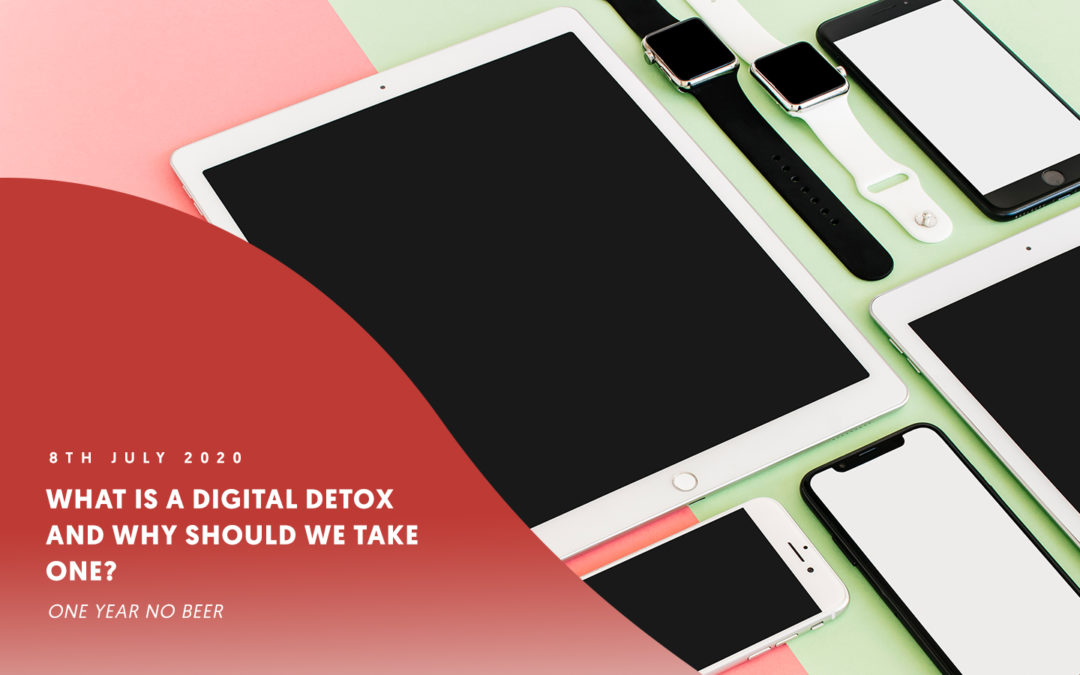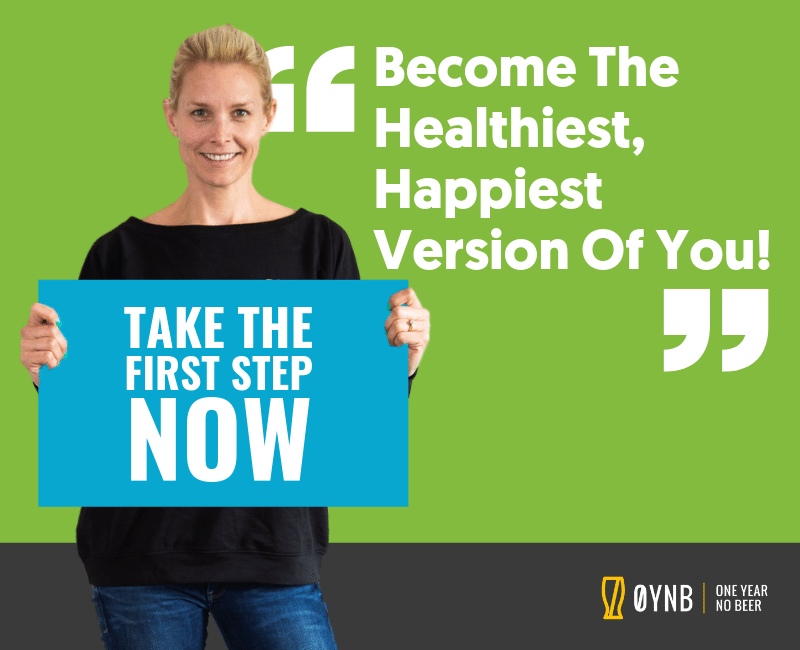A digital detox can offer a number of benefits and we have some easy tips and tricks to sustainably reduce your daily screen time.
Technology, we are surrounded by it. Whether it is personal phones, laptops or smart watches, or tech we encounter when we are out in the world like contactless payments, video advertisements on billboards or self-scan checkouts. Introduction of these brilliant innovations have allowed us to approach the world in a whole new way. But it is a double edged sword.
On one hand, it offers us connection, knowledge and instant gratification at the touch of a button. But on the other, it has created an ‘always on’ culture, and we are almost inescapably available to anyone, at any time.
While for the most part, technology is an undeniably good thing as it opens doors for us in many ways, we could benefit from putting some personal boundaries in place in order to protect ourselves from the blue cast.
Benefits of a digital detox:
- Improved sleep
- Reduced stress and anxiety
- Improved productivity
- Improved relationships
What is a digital detox?
So what exactly do we mean by a digital detox… well, in simple terms, it is a period of time away from invasive technologies, screens or blue light. This means no laptops, phones, TV or other electronic devices. This can be viewed as an opportunity to re-engage with the real world and people around you and release any stress or tensions held between an individual and the virtual world.
Impact of technology detox
There are a number of reasons to take a break from your technology, even if it is for a short period of time. According to research, the average American spends 11 hours a day listening to, reading or interacting with media per day. That is a lot of mental stimulation and potential distractions or stress that could be added to your daily routine.
The benefits of taking a break from technology are pretty extensive, including increased awareness of what is going on around you. Without the distraction of social media or email, you can pay more attention to the important things going on in your life, like spending quality time with loved ones or investing more time in learning skills. Reducing your screen time can also reduce the impact that blue light has on your brain, allowing you to fall asleep easier, and improving the quality of a night’s sleep overall.


There are a number of other benefits you could experience taking a break from your devices including reduced stress levels, increased productivity or improved work/life balance, all of which argue for the importance of taking a step back from technology every once in a while.
How do you take a digital detox?
If you are up for going cold turkey, then taking a break for a few days, maybe even a week could be a good move, however we don’t mean you should switch your phone off completely and be uncontactable – it is important that you remain available for friends and loved ones in case of emergency. Instead, you could choose to delete certain apps off your phone for a period of time meaning you get a break from notifications and aimless scrolling. And a digital detox doesn’t just mean your phone, it extends to devices such as laptops, smart watches, TV’s and more.
It might be tricky at first, as many of us have become accustomed to the habit of checking our devices regularly, even if we have not received notifications. Not to mention changing up a nightly routine of watching TV. 28.5 million homes in the UK have a television and on average we watch over 19 hours of TV every week. This number doesn’t even include the additional hours spent watching online video streaming services such as Netflix, Amazon Prime or NowTV.
What can you do with your time instead?
You may be questioning… well, what else would I do? This is where you need to get creative. Consider ways you can keep yourself busy and be productive instead. You could spend some time meal prepping for the week, taking an exercise class, learning to meditate or spending valuable time with your friends and family.
Reducing your screen time
For many, it will be tricky to allocate a specific length of time to a full digital detox as devices are required to complete certain tasks during working hours. But that doesn’t mean there aren’t ways in which you can introduce boundaries or habits that reduce your daily screen time and offer you similar benefits to a technology detox.


It is also worth reviewing your notification settings on any devices that alert you to unnecessary apps like social media so you are not distracted by these throughout the day or evening. Alternatively, you could choose a day, afternoon or evening per week where you delete certain apps, put your laptop away and choose to spend your evening not looking at any screens.
How do you know if your digital detox worked?
If you go the whole hog and take a few days away from digital devices, it shouldn’t take too long to begin experiencing a sense of calm or relaxation from switching off from the online world. Even if you are taking shorter breaks from technology, there are a couple of ways to tell if you are getting results. For example, most smart phones now have a ‘screen time’ function that allows you to see how much time you have spent on your device, and sometimes offers a breakdown into specific apps so you can review where your time has been spent. By comparing this information week to week, you will see if you have been able to achieve a reduction in your total weekly screen time.
You may also be able to tell that your technological detox is having a positive impact on your life if you begin to sleep better, have been able to be more productive, spent more time exercising, with loved ones or learning new skills, or notice that your relationships with friends and family improve.
Time to switch off?
With many people heading back to work, or still balancing working from home with family life, it seems a good time to allow yourself to switch off from any additional forms of stress to take time for yourself. Whether it be a few days, or a few hours, try to set boundaries for your digital intake and give yourself a chance to rest and recuperate.



An entrepreneur and former senior oil broker, Ruari gave up drinking after excessive consumption almost cost him his marriage, and worse, his life. Going alcohol-free improved his relationships, career and energy levels, leading to him founding OYNB to provide a support network for others.







